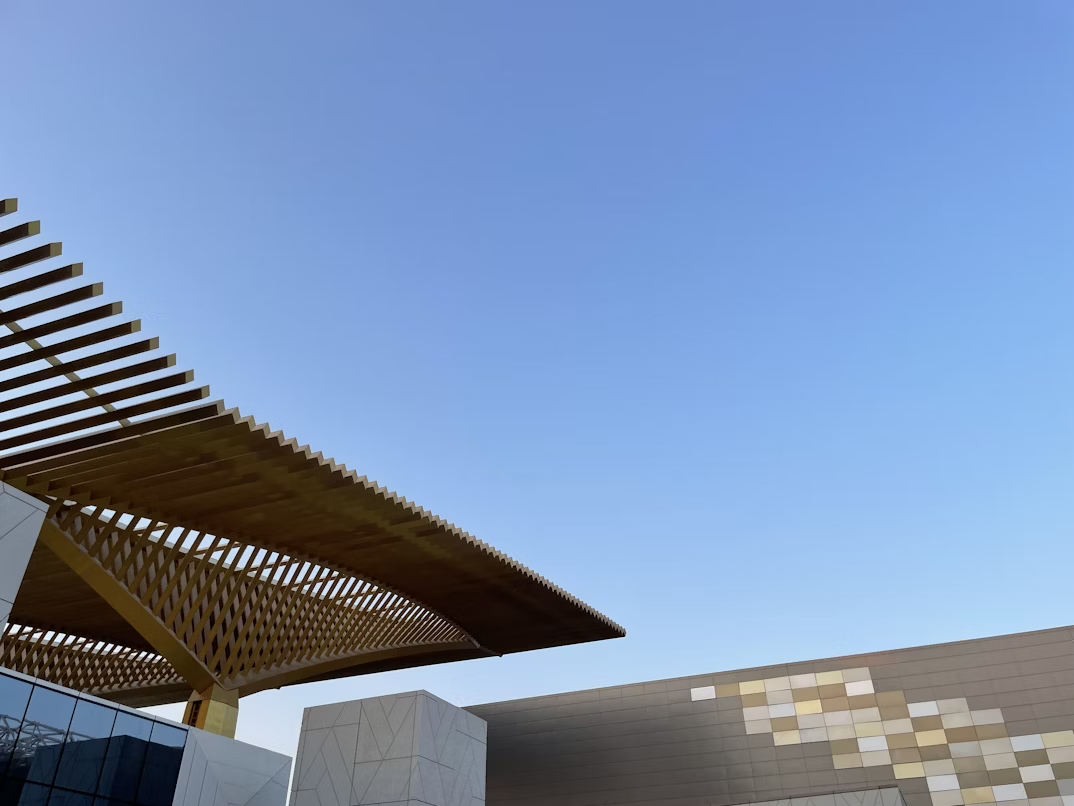
In today’s competitive design and construction industry, recognition for outstanding work is more than just a symbol of prestige—it serves as a powerful catalyst for innovation, quality improvement, and professional growth. Celebrating excellence in design and construction not only motivates teams but also raises the industry’s standards as a whole. By acknowledging exceptional achievements, the industry encourages the pursuit of creative solutions, sustainable practices, and collaboration that benefits clients, communities, and the built environment.
The Power of Recognition in Motivating Professionals
Recognition acts as a tangible acknowledgment of hard work, talent, and ingenuity. Designers, architects, engineers, and construction teams dedicate countless hours to projects, often navigating complex challenges to deliver safe, functional, and aesthetically compelling structures. Awards and professional accolades validate these efforts, boosting morale and fostering a culture of excellence. When professionals see their contributions celebrated, they are inspired to push boundaries, explore innovative solutions, and strive for higher quality in future projects.
Moreover, recognition reinforces a sense of pride and ownership in one’s work. Construction and design are collaborative endeavors that require input from diverse disciplines. Publicly acknowledging the efforts of individuals and teams strengthens teamwork, encourages knowledge sharing, and creates a positive environment where creativity can thrive. This ripple effect elevates not just individual careers but the entire organization and the broader industry.
Driving Innovation and Creative Solutions
One of the most significant impacts of recognition in design and construction is its role in driving innovation. Awards often highlight projects that demonstrate originality, problem-solving skills, and the application of cutting-edge technology. By highlighting these achievements, the industry promotes innovative approaches that others can learn from and build upon.
For example, a project recognized for sustainable design might inspire other firms to adopt green building techniques, energy-efficient materials, or smart technologies. Similarly, accolades for innovative construction methods can lead to industry-wide improvements in safety, efficiency, and cost-effectiveness. Recognition, therefore, serves as both a benchmark and a catalyst, encouraging professionals to refine their skills and explore new methods continually.
Enhancing Professional Reputation and Opportunities
Beyond intrinsic motivation, recognition in design and construction offers tangible career and business benefits. Award-winning projects and professionals gain visibility in industry publications, media coverage, and professional networks. This heightened reputation can attract clients, investors, and collaborators who are seeking quality, reliability, and innovation.
For construction firms, winning an award or earning a certificate of excellence can become a differentiator in a competitive marketplace. Clients are more likely to trust firms that have demonstrated exceptional performance and creativity, leading to increased project opportunities and business growth. Similarly, individual professionals can leverage recognition to advance their careers, secure leadership positions, or gain invitations to contribute to influential industry panels and committees.
Promoting Industry Standards and Best Practices
Recognition also plays a vital role in setting industry standards and defining best practices. Awards and certifications often have rigorous criteria, emphasizing factors such as safety, sustainability, design integrity, and efficiency. By adhering to these standards, professionals ensure that their work meets high-quality benchmarks.
Moreover, award-winning projects often serve as case studies for the industry, offering valuable lessons on innovative design, materials, project management, and construction techniques. These examples help educate emerging professionals, inspire creative problem-solving, and promote consistent improvement across the sector. Over time, recognition programs contribute to a culture of accountability, quality, and excellence that benefits everyone—from designers and builders to clients and the broader community.
Fostering Community Engagement and Social Responsibility
Excellence in design and construction is not only about aesthetics or technical achievement; it also has a significant impact on communities and society. Projects that are recognized for their thoughtful design, accessibility, and environmental responsibility often enhance the quality of life, improve public spaces, and support sustainable urban development.
Recognition draws attention to these socially impactful projects, encouraging other firms to prioritize community engagement, inclusivity, and environmental stewardship. This emphasis on responsibility strengthens public trust in the industry and highlights the crucial role of design and construction in creating safe, functional, and inspiring environments for all.
Recognition as a Catalyst for Industry Growth
Recognition for design and construction excellence elevates the industry in multiple dimensions. It motivates professionals, drives innovation, enhances reputation, establishes best practices, and promotes social responsibility. Awards and accolades serve as benchmarks for quality, encouraging teams to strive for excellence while inspiring others to learn and improve.
By celebrating outstanding achievements, the industry not only honors individual and organizational accomplishments but also fosters a culture of continuous improvement. The ripple effects of recognition—from innovation and collaboration to reputation and community impact—ultimately strengthen the industry as a whole. In a field where creativity, precision, and cooperation intersect, acknowledging excellence is not just a form of appreciation; it is a strategic investment in the future of design and construction.